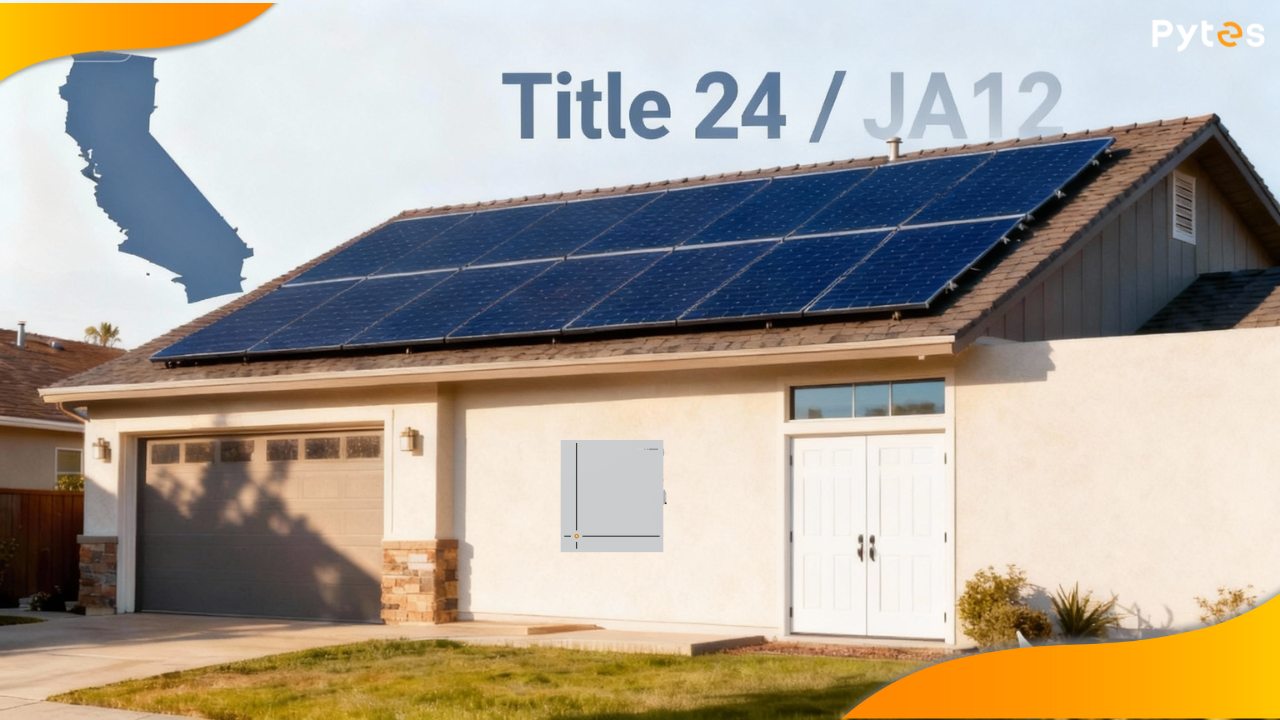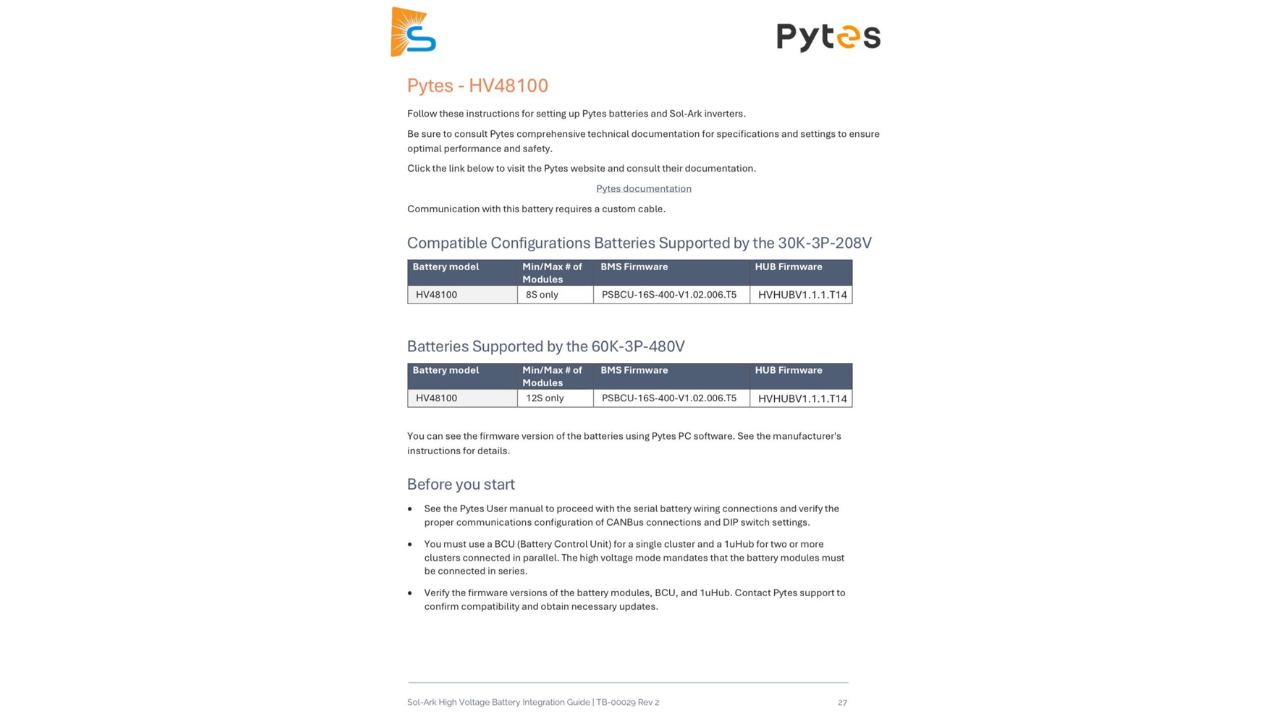As the world transitions into a greener energy future, solar battery backup systems for homes are emerging as essential components of modern residential energy infrastructure. In 2025, the role of solar battery backup systems is not only about storing excess solar energy but also about creating resilient, self-sustaining, and cost-effective energy solutions for households.
This article explores the technological, environmental, economic, and policy-driven forces shaping the home solar battery backup market in 2025. As a leading solution, the Pytes E-Box 48100R exemplifies how innovation in lithium battery technology is making residential energy storage more efficient, scalable, and accessible.
A. Growing Demand for Energy Independence
In recent years, increasing energy prices, aging grid infrastructure, and frequent power outages—exacerbated by climate change—have led homeowners to seek greater energy independence. Solar power has become the most accessible renewable source, but it alone isn’t enough without efficient storage.
Without a solar battery backup system, any excess power generated during the day is either wasted or sent back to the grid with limited compensation (as net metering policies tighten in many regions). At night or during outages, the home relies on grid electricity—negating the sustainability and self-sufficiency goals of solar adoption.
B. The Rise of Smart Homes and Electrification
The average home will have a range of power-hungry devices: electric vehicles (EVs), heat pumps, induction cook tops, smart home devices, and more. These advances increase household electricity use and require smarter energy management systems to prevent cost spikes and overloading.
Home battery systems with grid awareness, artificial intelligence optimization, and demand shifting capabilities can help reduce energy costs while supporting grid stability.
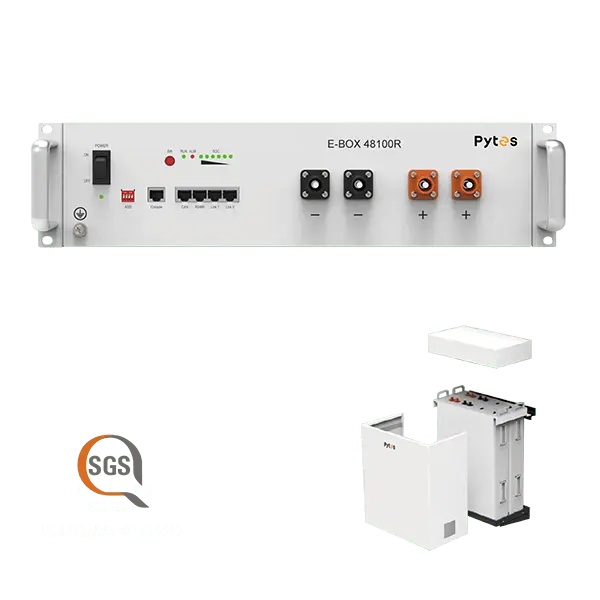
To understand their importance, it's critical to know what makes up a typical solar battery backup system:
a. Photovoltaic (PV) Panels
These capture solar energy and convert it into DC electricity.
b. Inverter/Charger
This component converts DC to AC for household use, and often includes a charger to direct electricity into the battery.
c. Battery Storage Unit
This stores excess electricity for later use—during night, cloudy days, or grid outages.
d. Battery Management System (BMS)
A BMS ensures optimal performance, safety, thermal regulation, and cell balancing across the battery pack.
e. Smart Energy Management Interface
Many systems now include AI-powered dashboards or apps that allow users to monitor usage, performance, and energy savings in real-time.
Battery chemistry plays a crucial role in system longevity, safety, and performance:
- Lead-Acid Batteries (AGM, Gel):
Traditional and cheaper, but bulky, less efficient, and require maintenance.
- Lithium-Ion (Li-ion):
The current industry standard due to high energy density, fast charging, deep cycling capability, and long lifespan. Subtypes include NMC (Nickel Manganese Cobalt) and LFP (Lithium Iron Phosphate).
- Lithium Iron Phosphate (LiFePO4):
For example, the Pytes E-Box 48100R, a solar battery storage system developed and manufactured by Pytes, a leading solar batter manufacturer, utilizes LFP batteries.
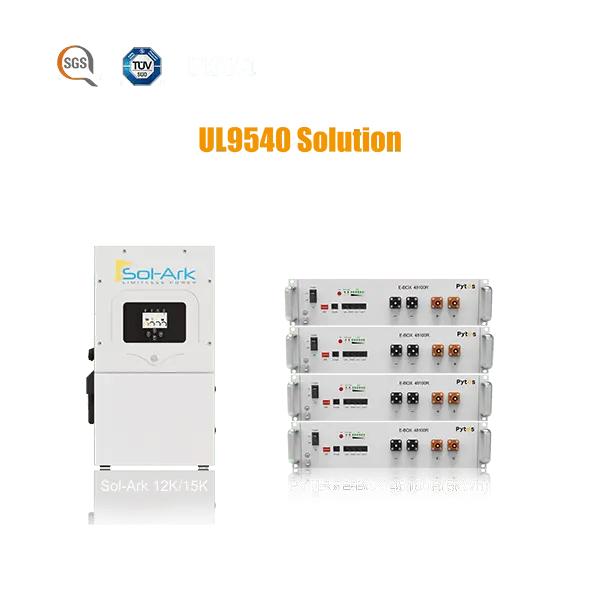
a. Energy Resilience
Solar battery backups ensure continuous power supply during blackouts or natural disasters—a growing concern worldwide.
b. Cost Optimization
With Time-of-Use (TOU) electricity pricing, homeowners can draw from batteries when grid prices are high and charge them when prices are low or from solar energy.
c. Carbon Reduction
By reducing reliance on fossil-fuel-powered grids, battery systems support carbon neutrality goals and household sustainability efforts.
d. Virtual Power Plant (VPP) Participation
Home battery owners in some regions can sell stored energy back to the grid during peak hours, becoming part of decentralized, community-based energy models.
Despite the many advantages, certain factors still challenge mass adoption:
a. Initial Investment Costs
Battery systems can range from $7,000 to $20,000 depending on capacity and brand. However, federal and state incentives (e.g., ITC in the U.S.) are helping offset upfront costs.
b. System Sizing and Integration
Determining the correct system size depends on average daily usage, peak loads, and future energy expansion plans (e.g., adding an EV).
c. Regulatory Complexity
Regulations vary widely by country and state. Grid interconnection rules, battery incentives, and VPP participation terms can be difficult to navigate without professional guidance.
The Pytes E-Box 48100R is a 48V lithium iron phosphate (LFP) battery system designed for residential and commercial applications.
a. Voltage: 48V
b. Capacity: 100Ah (4.8kWh)
c. Chemistry: LiFePO4(LFP)
d. Cycle Life: ≥ 6,000 cycles @ 90% DOD
Safety First: Thermal and chemical stability of LFP chemistry ensures protection against overheating and fire risks.
a. Long Life: Offers over 6,000 deep cycles, translating to 20 years of typical home use.
b. Modular Expansion: Users can start with one unit and scale up to meet growing energy needs.
c. Smart Monitoring: Built-in BMS with communication protocols enables integration with leading inverters and energy management platforms.
Whether for backup power, TOU optimization, or full off-grid living, the E-Box 48100R delivers reliable, high-efficiency energy storage.
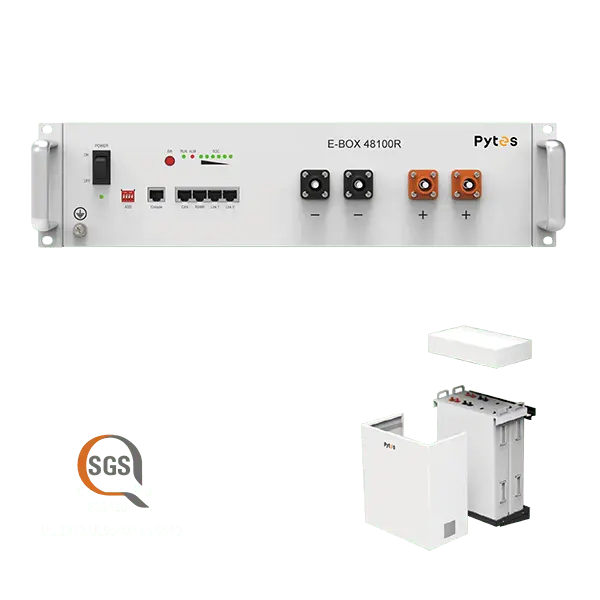
In 2025, a solar battery backup system is more than an eco-conscious luxury—it's a strategic investment in energy independence, resilience, and financial stability.
The Pytes E-Box 48100R offers a balanced combination of performance, safety, scalability, and smart technology, making it a compelling choice for forward-thinking homeowners.
Pytes (USA) Energy, Inc. is a leader in the development of residential energy storage systems. Our goal is to help individuals save money and have peace of mind during power outages by providing ongoing support and leveraging over 20 years of technical expertise. At Pytes, you get reliable and efficient solar battery backup systems solutions.
How Long Does A Solar Battery Backup System Last

